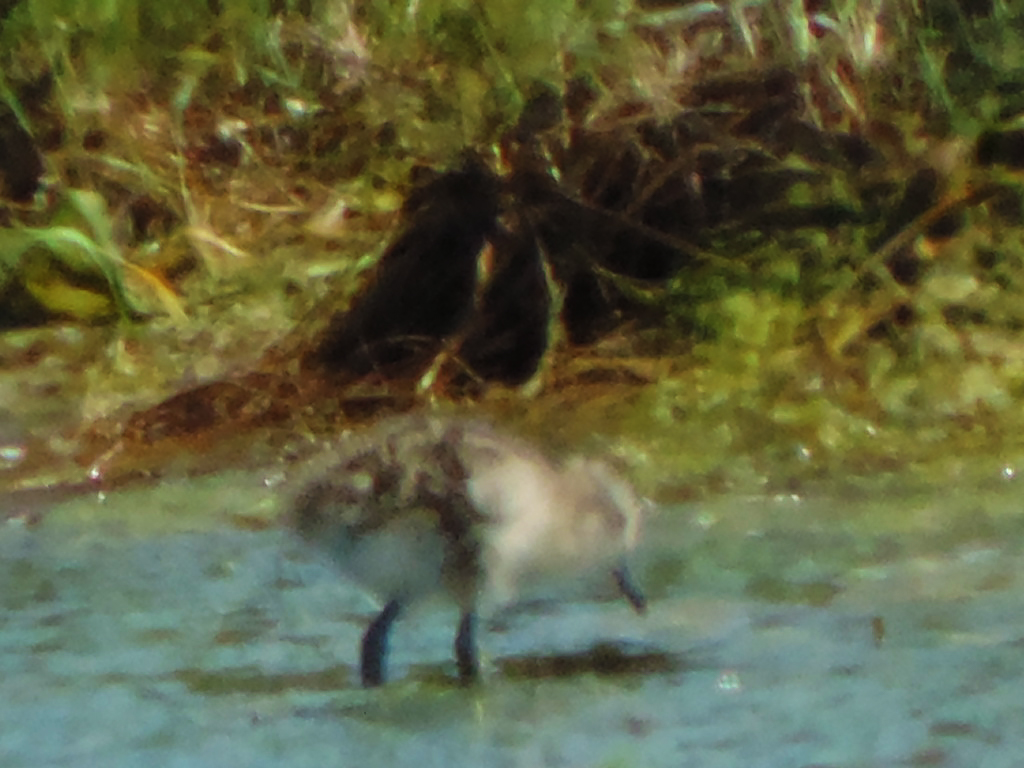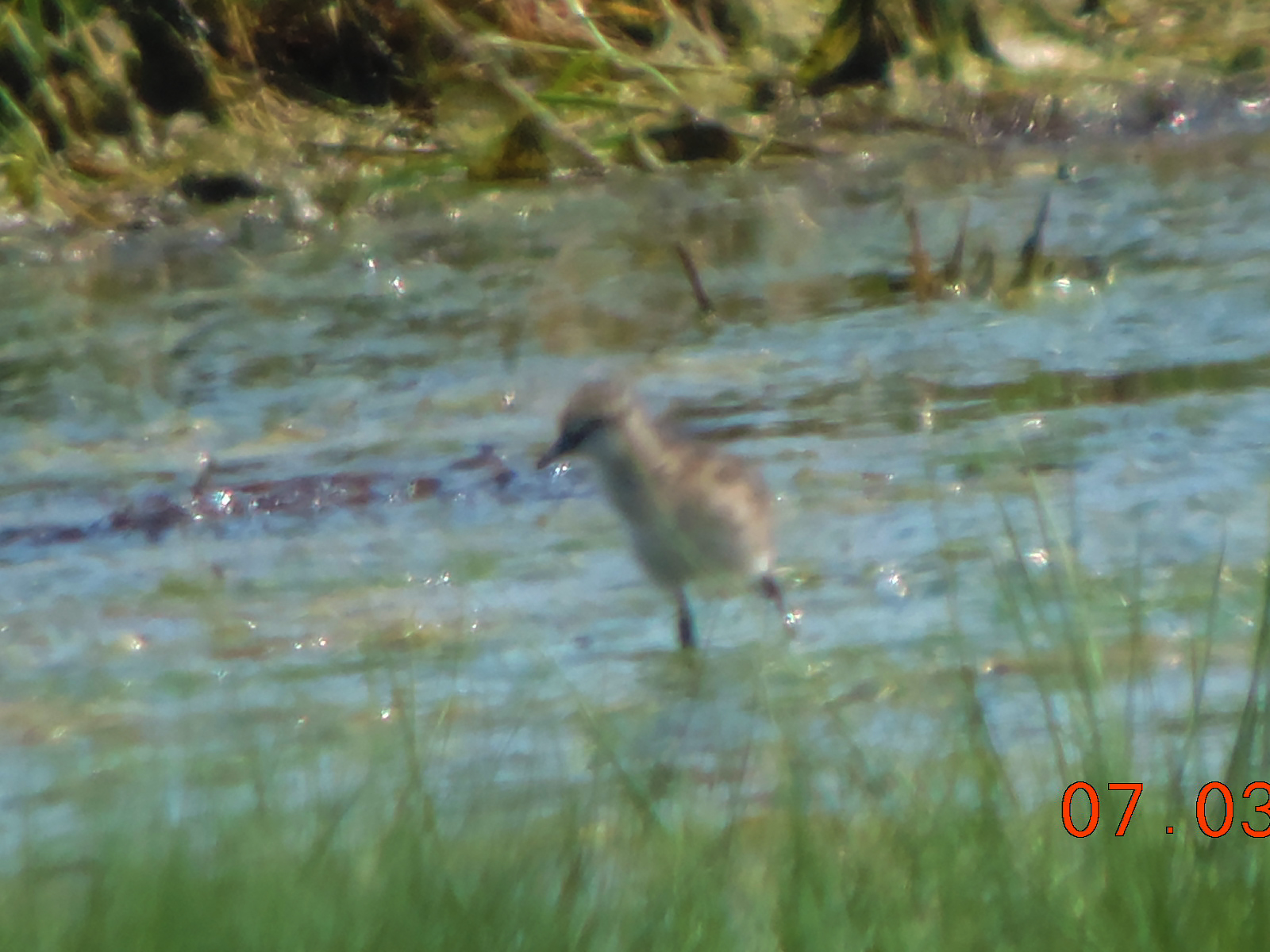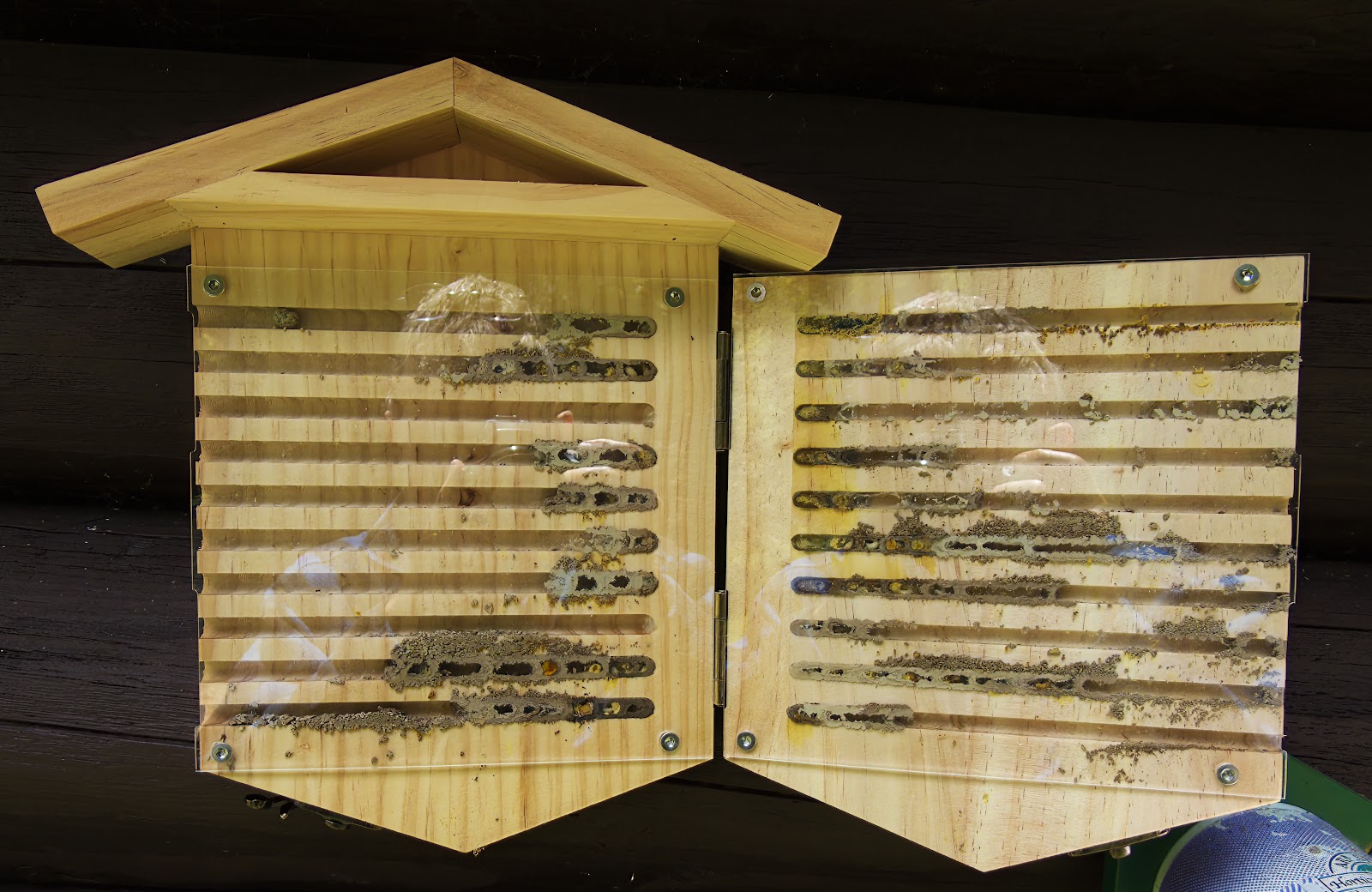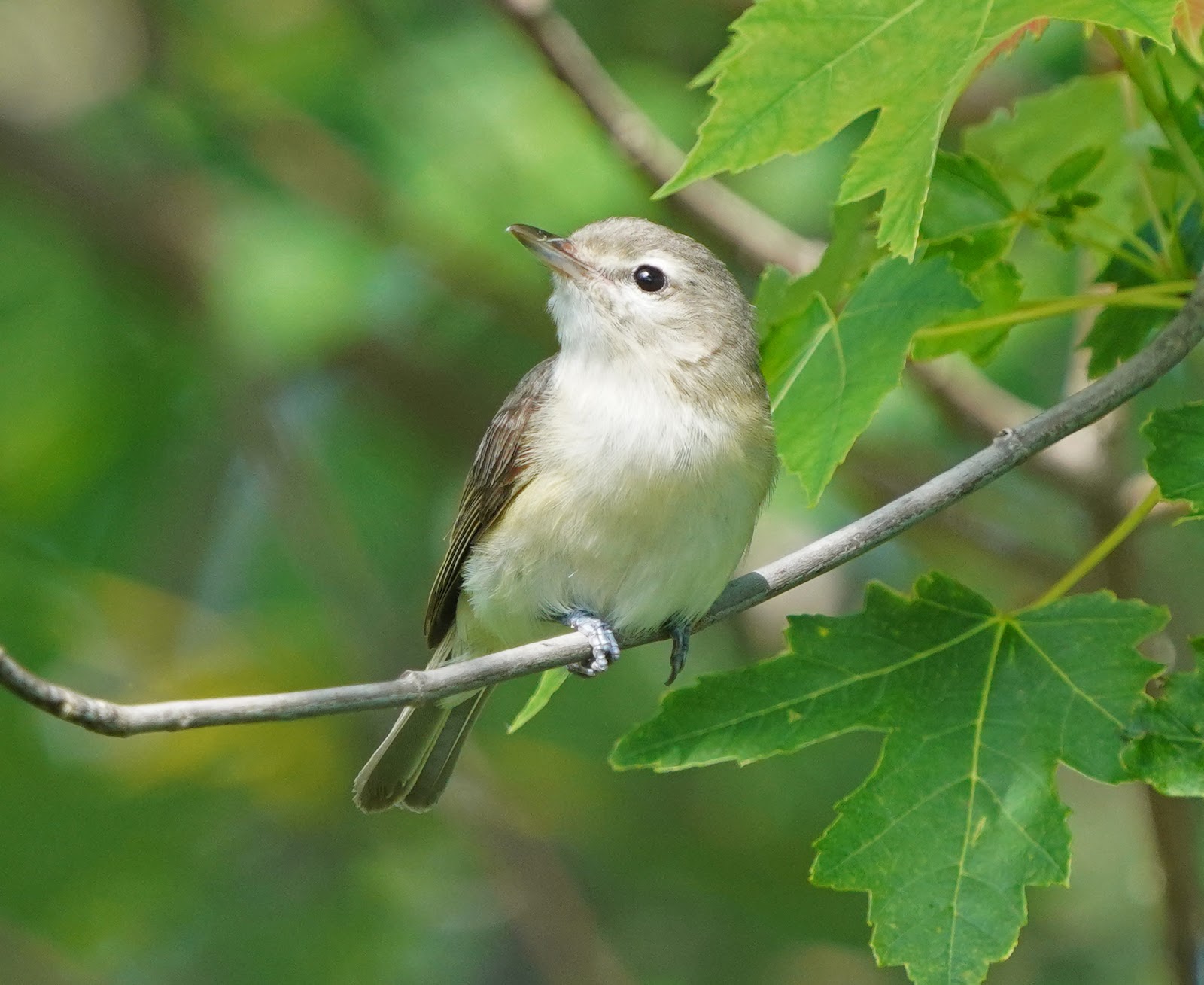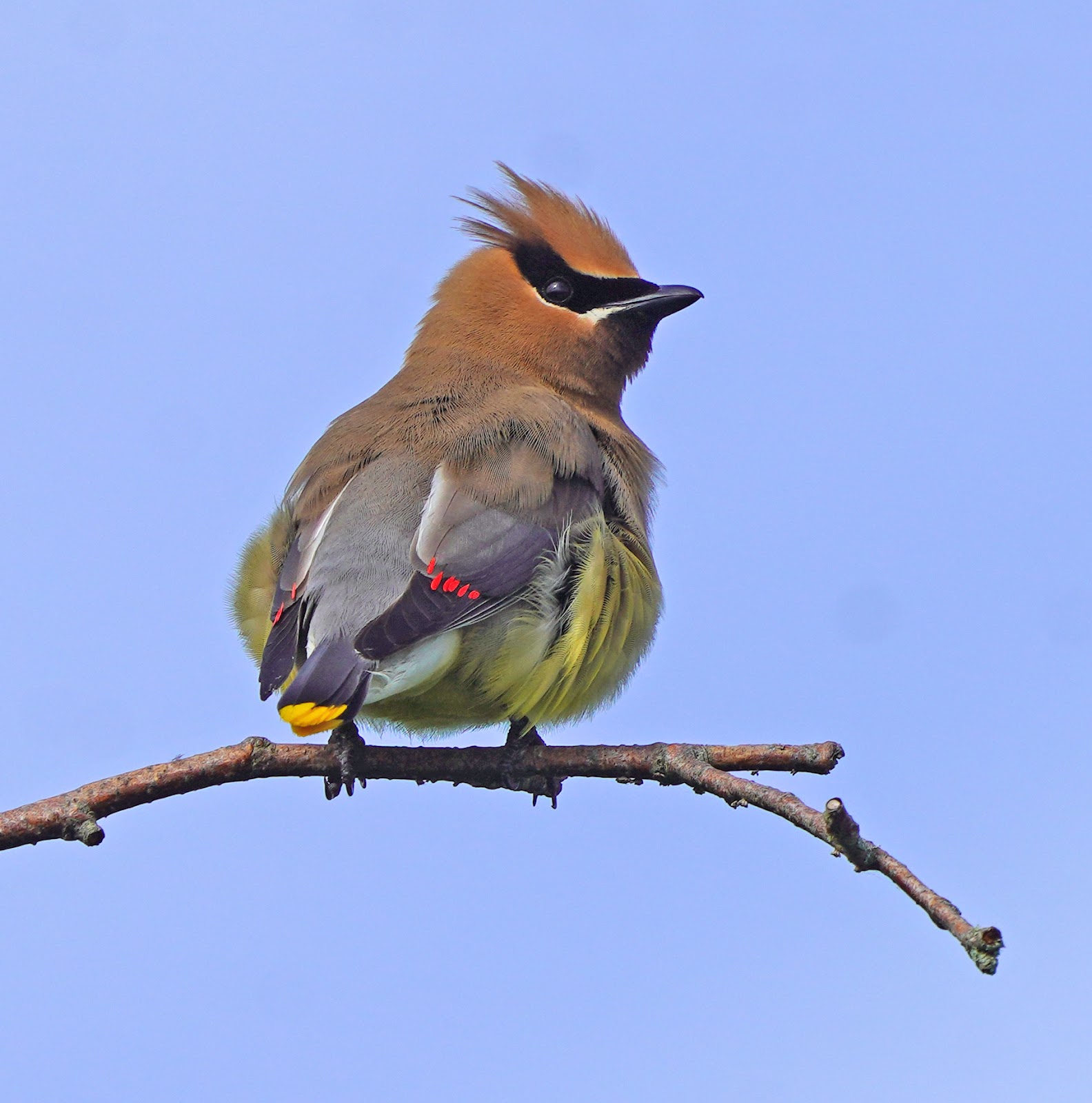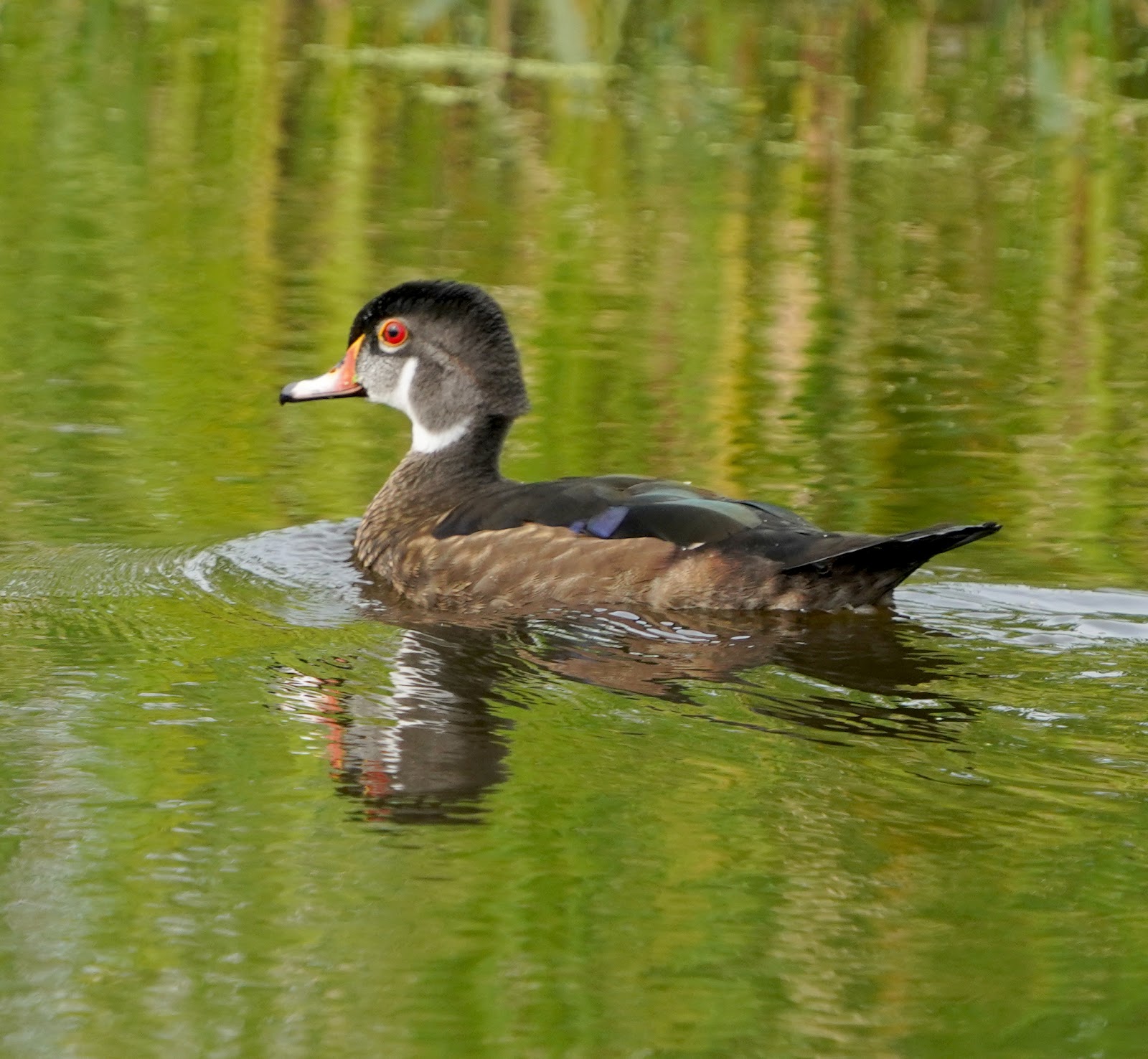NATURE
MONCTON NATURE NEWS
July 5, 2025
Nature Moncton members, as
well as any naturalist in New Brunswick or beyond, are invited to share
their photos and descriptions of recent nature sightings to build a fresh
(almost) daily edition of Nature News.
To
respond by e-mail, please address your message to the information line
editor, nelsonpoirier435@gmail.com.
Please
advise the editor at nelsonpoirier435@gmail.com and the proofreader
Louise Nichols at Nicholsl@eastlink.ca if
any errors are noted in wording or photo labelling.
For more information
on Nature Moncton, check the website at www.naturemoncton.com
Proofreading
courtesy of Louise Nichols nicholsl@eastlink.ca
**A reminder
of an interesting event on tomorrow, Sunday. Tweedie Road is directly off Route
11.
**A reminder
that the NB Museum is currently holding its 2025 Biota at Black River Protected Natural Area in
the Kouchibouguac Village area. Open House this Sunday!
Here is a
link to their web page: New
Brunswick Museum Leads 14th Annual Biota into Black River PNA - NBM-MNB
“A highlight
of the project is a public open house on Sunday, July 6, from 12:30
to 5:30 p.m., at the Biota Field Lab (Pentecostal Church, 194 Tweedie
Brook Road, Kent Rural District). Visitors are invited to meet the
scientists, students, and artists behind the project and explore their
discoveries firsthand."
**Louise
Nichols photographed a worn gallium sphinx moth, a.k.a. bedstraw hawk-moth, at her Aulac home on Friday evening.
(Editor’s
note: this is a very beautiful larger moth when fresh; however, it is not often seen as it is not attracted to lights. What we often see more of is its very colourful
caterpillar roaming about in late summer, especially near bedstraw, its commonly found
host plant.)
**Jane
LeBlanc was thrilled to find two tiny monarch butterfly caterpillars on
one of her milkweed plants on Friday. One was no bigger than the tip of her
baby finger, with the other being less than an inch long.
(Editor’s note: July 4 is an early date to be finding
hatched monarch butterfly caterpillars and these are possibly two of the earlier ones of
the province to be reported.)
Nelson Poirier had a monarch butterfly visit
common milkweed at his Miramichi camp on Friday afternoon. It circled the yard, then settled down on a milkweed leaf and left without a photographic
opportunity. Hopefully, it returns to peruse the abundance of available milkweed.
**A mere month ago, we saw lots of red-berried elder
shrubs in prime bloom, but now we are seeing an abundance of its kin, common
elderberry in prime bloom. The blooms look similar at a distance, but the
bloom of red-berried elder is definitely cone-shaped, whereas the bloom of
common elderberry is much flatter. The berry cluster of red-berried elder will sport
red berries, while the common elder berry clusters will be dark blue.
Nelson Poirier.
Nature Moncton






